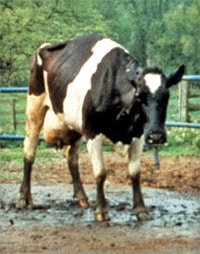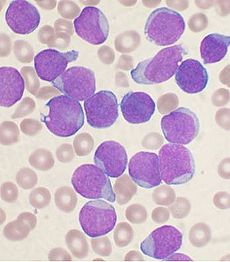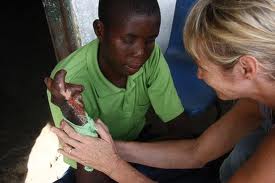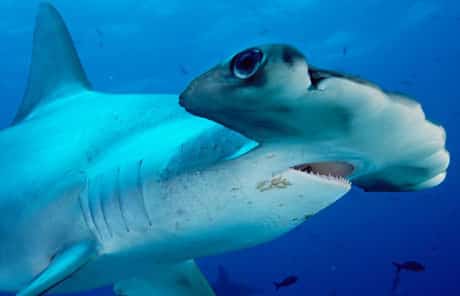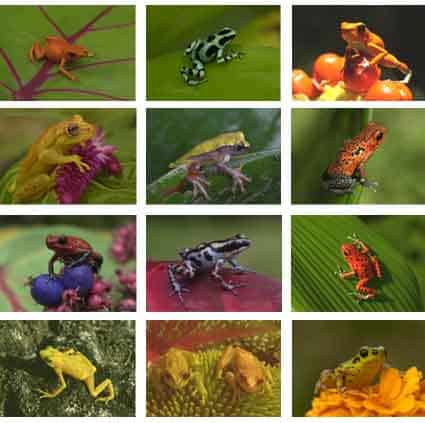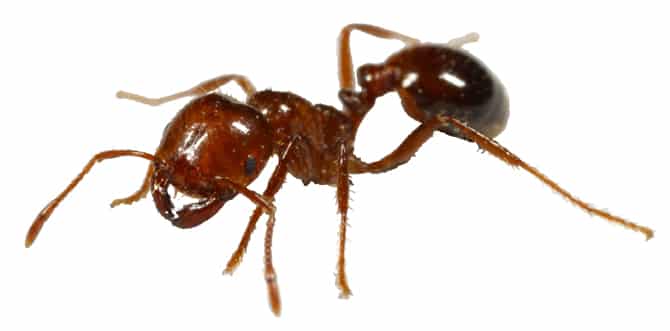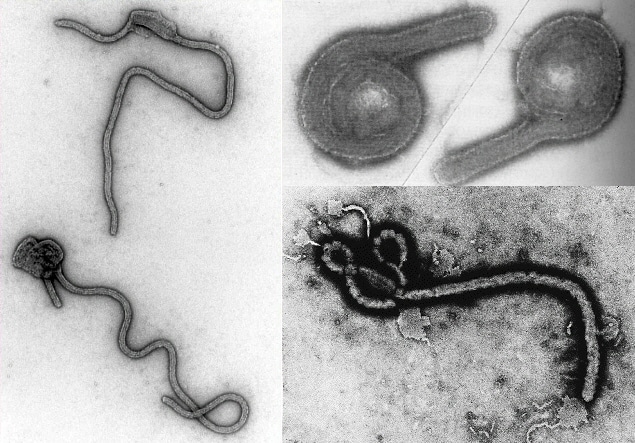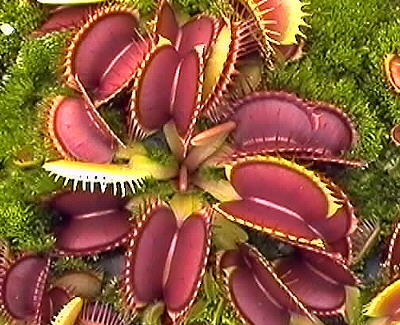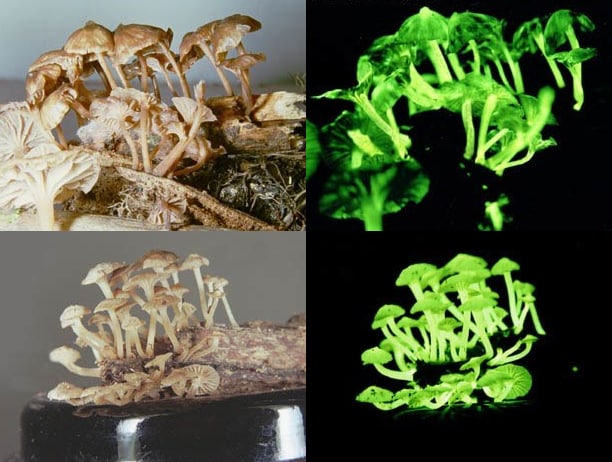William completed his Bachelor of Science and Master of Arts in 2013. He current serves as a lecturer, tutor and freelance writer. In his spare time, he enjoys reading, walking his dog and parasailing.
Article last reviewed: 2022 | St. Rosemary Institution © 2010-2025 | Creative Commons 4.0
Bovine spongiform encephalopathy (BSE), better know as Mad cow disease is a relatively new disease. Most sources state that BSE first showed up in Great Britain in 1986 [Dealler p.5] but some say it popped up in 1985 [Greger p.1]. However the official notification was not until 21 June, 1988 [Dealler stats. p.1]. Spongiform encephalopathies…
Dreams are the playground of the mind. Anything can happen when one is dreaming. The only limitation is that we only rarely realize the freedoms granted to us in our dreams while we have them. Lucid dreaming is the ability to know when one is dreaming, and be able to influence what will be dreamt.…
The spawning of the giant pacific may occur at any time of the year; however the mating of the octopus peaks in the winter months, with the peak of egg laying in April and may. Octopuses reproduce sexually, and have both male and female octopuses. Reproduction takes place as follows: The male octopus uses his…
Leukemia strikes all ages and both sexes. There are many symptoms of leukemia. The symptoms of leukemia are the same for all the different types of leukemia. The acute types of leukemia, ALL and AML, symptoms are seen more quickly than in the chronic types of leukemia, CLL and CML, where symptoms do not necessarily…
Leprosy or Hansen’s disease is a chronic, infectious disease that mainly affects the skin, mucous membranes, and nerves. A rod shaped bacillus named Mycobacterium leprea, causes the virus. Mycobacterium leprea is very similar to the bacillus that causes tuberculosis. The reason Leprosy is also known as Hansen’s disease, is because it was first identified in…
The finding of the Introns and the exons was one of the most significant discoveries in genetics in the past fifteen years. split genes were discovered when a lack of relation between DNA sequences were seen during. DNA- mRNA hybridization. For all new mRNA, they must be transcribed by RNA polymerase enzymes. The transcription begins…
In a human being, nutrients are necessary for survival. But how are these nutrients obtained? This report will go into depth on how the food we eat gets into our cells, and how the waste products that we produce get out of the body. Also, the unicellular organism Paramecium will be compared with a human…
A hernia is any type of abnormal protrusion of part of an organ or tissue through the structures that normally contain it. A weak spot or opening in a body wall allows part of the organ or tissue to bulge through. Hernias may develop in almost any area of the body, but they most frequently…
Sharks are one of the most feared sea animals. They live in oceans across the world but are most common in tropical waters. There are over three hundred fifty species of sharks. They can be broadly categorized into the following four groups: Squalomorphii, Squatinomorphii, Batoidea, and Galeomorphii. The shark family Sphyrnidae that includes the Hammerheads…
Introduction Any person who has been able to catch a glimpse of any type of wolf is indeed a lucky man. The wolf is one of the earth’s most cowardly and fearful animals, and it is so sly and, pardon the expression, foxy, that it is almost a waste of time to try and catch…
Genetic variation is the raw material for the plant breeder, who must often select from primitive and wild plants, including wild species, in search of new genes. The appearance of new diseases, new pests, or new virulent forms of disease causing organisms makes it imperative that the plant be preserved, because it offers a potential…
Frog is the common name for a species of amphibian that also includes toads. A very common question is “what’s the difference between frogs and toads?”, the answer: none, except for the fact that toads lack the powerful legs that frogs have. “Where can frogs and toads be found?”, one might ask. They live in…
Fire ants have been in the United States for over sixty years, and almost every American that lives in or frequently visits the quarantined states which they inhabit has had an unpleasant run in with these troublesome critters. Inhabitants of the Southeast who have ever stood unwittingly atop a fire ant mound know that the…
Eczema is a category of skin disease that is characterized by inflammation, itching, dry scaly skin, and in severe cases, small fluid filled blisters and insomnia. It is the most common skin disease in children today. Mild cases of Eczema are a little worse than a tendency toward dry, itching skin. Severe cases can affect…
Ebola was first discovered in the village of Yambuku(1) near the Ebola River in Zaire. Since its discovery, there have been four outbreaks of this disease. There are three known strains, of variations of Ebola. There is no known cure for this disease (2).Ebola has become one of the most mysterious and feared viruses on…
Dolphins are mammals closely related to whales and porpoises. Dolphins have a powerful and streamlined body. They are found in all seas and oceans. Dolphins can be told apart from porpoises by their nose, which is beaklike, and also their conical teeth. Porpoises have a flatter nose, sharper teeth, and a more solid body. There…
Color blindness is the inability to distinguish particular colors. It is generally an inherited trait, but can result from a chemical imbalance or eye injury. There are three primary colors. They are red, blue, and yellow. All other colors are the results of different combinations of primary colors. Special visual cells, called cones, are responsible…
Geoffrey Chaucer’s Canterbury Tales, written in approximately 1385, is a collection of twenty-four stories ostensibly told by various people who are going on a religious pilgrimage to Canterbury Cathedral from London, England. Prior to the actual tales, however, Chaucer offers the reader a glimpse of fourteenth century life by way of what he refers to…
In a world where plants are at the bottom of the food-chain, some individual plant species have evolved ways to reverse the order we expect to find in nature. These insectivorous plants, as they are sometimes called, are the predators, rather than the passive prey. Adoptions such as odiferous lures and trapping mechanisms have made…
What is Bioluminescence? The current paper’s main focus is on bioluminescent Fungi but the basic features of bioluminescence discussed are common to all bioluminescent organisms. Bioluminescence is simply light created by living organisms. Probably the most commonly known example of bioluminescence by North Americans is the firefly, which lights its abdomen during its mating season…

